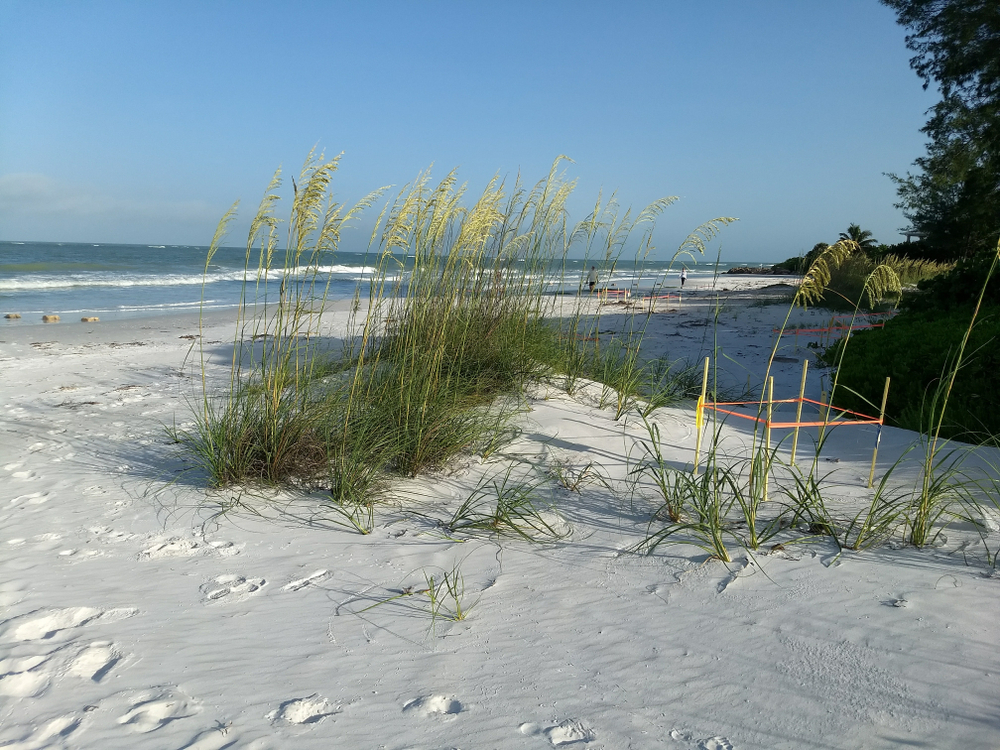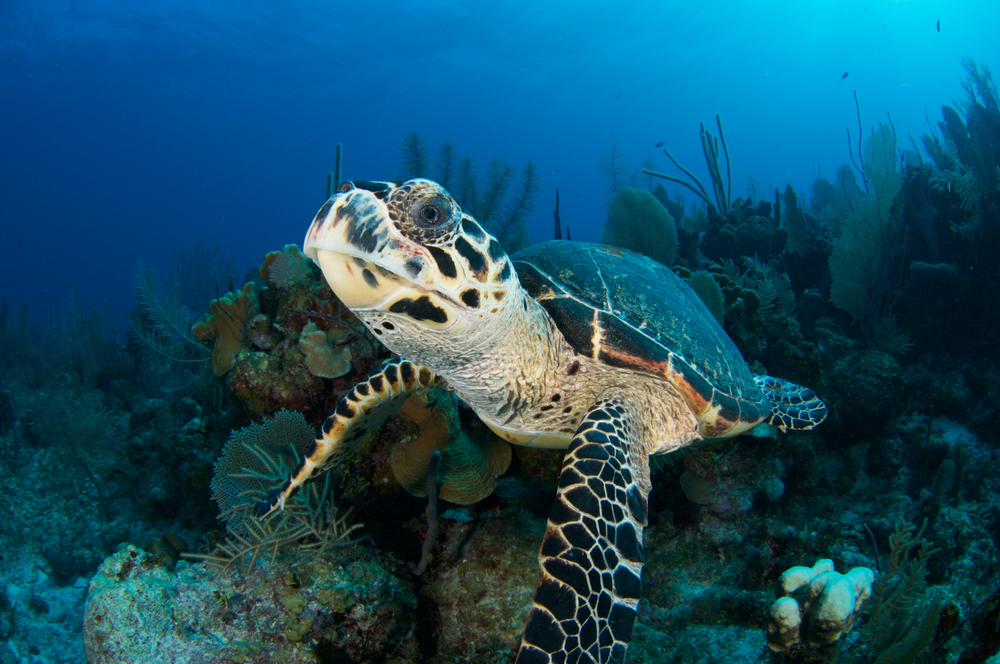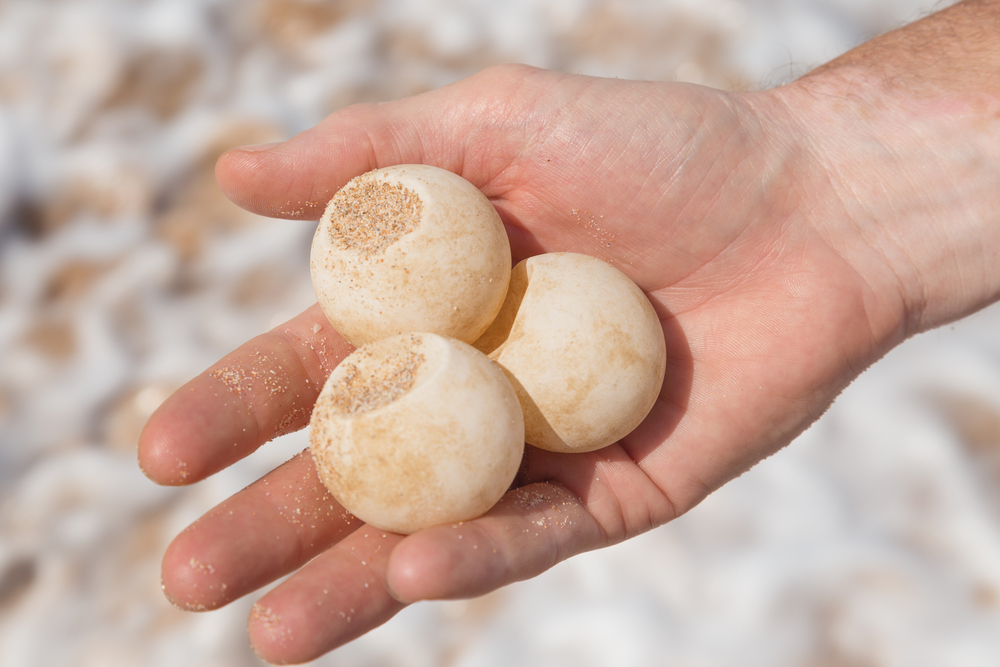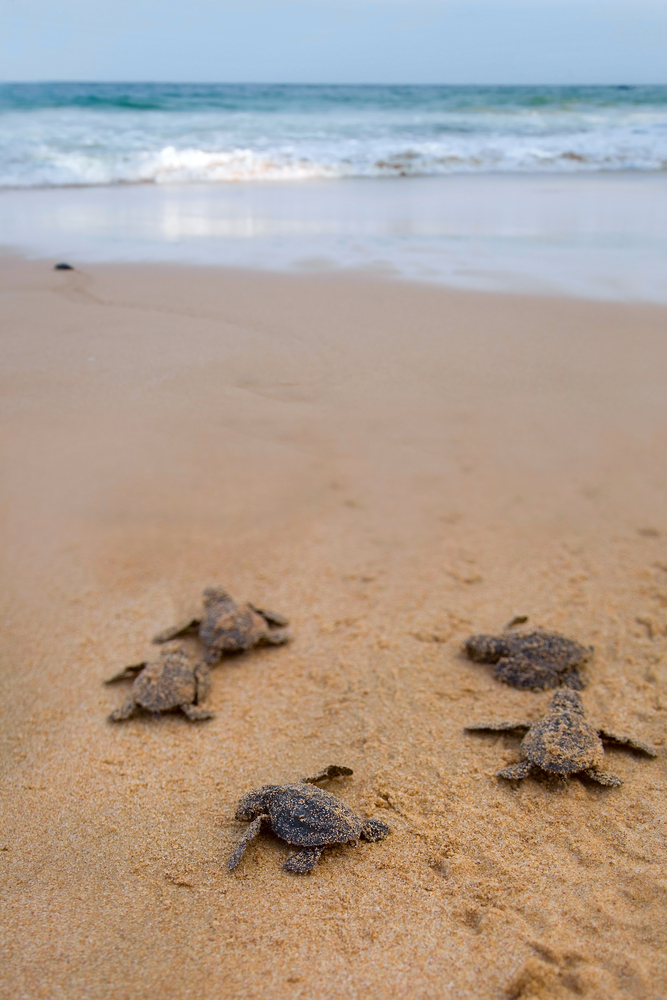Sarasota’s Sea Turtle Season: What To Know

You’ve probably heard about Sarasota’s wildlife scene—frolicking dolphins, osprey and egret, sandhill cranes plucking along the shore. . Our warm coastal waters are rich with manatee and all manner of fish, a dynamic ecosystem that many creatures call home. But there’s one more critter you’ll want to get acquainted with, and that’s the sea turtle.

Our barrier islands attract loggerhead sea turtles during nesting season, which runs from May 1 to October 31. The female turtles crawl up to the sand, dig a nest and lay up to 100 eggs. They cover the nest and return between 3-5 times to deposit more eggs in new nests during the same season.

After about two months, the eggs hatch, and within days, hatchlings make an evening crawl to the Gulf. Because hatchlings head for the brightest light, locals are adamant about turning off lights that can be seen from the beach at night. If they don’t, the hatchlings may get disoriented, moving toward residential areas rather than toward the water. It’s the moon reflecting off of the water, as well as the horizon, that draw the little turtles to safety.

Keeping the nests intact and undisturbed is a huge priority for Sarasotans, and it’s also the law. Loggerhead are protected as an endangered species, so violations to their safety are met with a fine. To that end, Longboat Key Turtle Watch and others demarcate the area with stakes and tape so that beachgoers know it’s an area to avoid. Last year over 1,200 nests were identified, a number that conservationists hope will be sustained in 2018 and beyond.
There are several things you can do to ensure that hatchlings find the quickest possible route to the water. Bring all of your beach furniture and items with you when you leave for the day. Fill in holes that you see in the sand, and remove any obstacles that may disorient the 2-inch long hatchlings as they make their way home. The biggest thing you can do? Keep your lights off or low if you are in a beachside property, and don’t navigate the beach with flashlights or your phone at night. Sea turtles love our beaches as much as we do, so lets keep them coming back.
